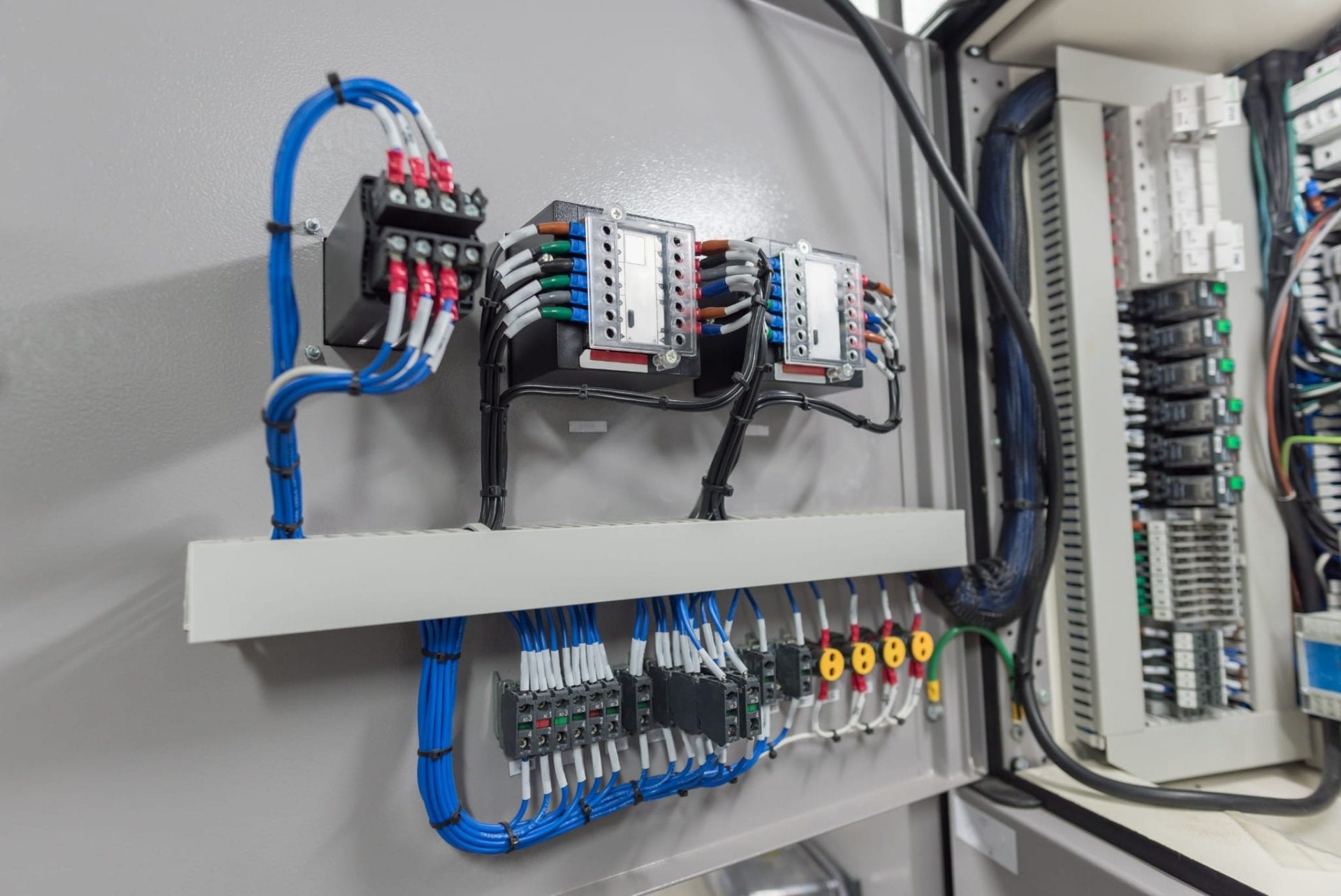Beginner's Guide to Electrical Wiring: Tips and Techniques for Efficient and Effective Installation

Electrical wiring is an essential part of any home and understanding it is essential for every homeowner. Not only is it helpful in ensuring the proper operation of your home, but it is also crucial to ensure your safety. In this article, we will go over the fundamentals of electrical wiring as well as the importance of security, and the benefits having an authorized residential electrician for all your electrical wiring needs.
Understanding Electrical Wiring Basics
The electrical wiring refers to the system of electrical conductors which run through your home, carrying electric power to appliances or devices as well as lighting fixtures. It functions by creating electrical circuits which connect your sources of power to your devices. Electrical circuits are made up of switches, wires and other electrical components that work to form a secure and efficient electrical system. There are various kinds of electrical wiring, including aluminum, copper, and different types of wire insulation, like PVC or rubber.
Preparation and planning for electrical Wiring
When installing new electrical wiring, there are a variety of aspects to take into consideration, such as the kind of wiring you need, the capacity that your electric system can handle, and your power requirements. In addition, it is essential to know about electrical wiring regulations and permits required in your area. To prepare for electrical wiring, design an electrical plan and evaluate your electrical needs. This will to ensure your wiring system is safe, efficient, and meets the power requirements of your home.
Materials and tools required to conduct electrical wiring
When installing new electrical wiring, it is important to have the right materials and tools on hand. Tools that are essential include wire cutters, strippers, pliers, as well as an electrical voltage tester. Other components required to conduct electrical wiring include wire nuts, electrical tape, conduit, as well as electrical box. It’s also useful to be equipped with a wiring diagram to guide you through the installation process.
Step-by-Step Guide to Installation of Electrical Wiring
The installation of electrical wiring is a complex process however, with the right tools and knowledge you can do it safely and efficiently. This is a step-by-step guide to installing new electrical wiring at home:
Shut off the power source to the area in which you’ll be working.
Design the wiring layout and mark the location where the wire will be placed.
Install electrical conduits and electrical boxes wherever needed.
Cut and strip the wires until the correct length.
Wires should be connected to fixture or device you’re wiring.
Secure the wires in place using the wire nuts or electrical tape or conduit straps.
Test the wiring to ensure that it’s functioning correctly.
When installing the wiring It is crucial to follow the best wiring installation practices and tips. Additionally, be conscious of common mistakes you need to avoid when installing electrical wiring, like over-loading the circuits of wires that are damaged or using the wrong kind of wire.
Troubleshooting Electrical Wiring Problems
Even with careful design in the installation and design, wiring issues can occur. Common issues include circuit overloads, wiring damage, and electrical shorts. To solve these issues, it is important to know about typical electrical wiring problems and understand how to effectively and safely tackle these issues. Additionally, it is critical to adhere to electrical safety guidelines in the event of a problem with electrical wiring like shutting off the power and wearing appropriate protective gear.
Conclusion
In conclusion, understanding electrical wiring in your home is crucial for your safety and for the proper operation that your electric system provides. It is crucial to engage an authorized electrician to make sure your wiring is installed and maintained correctly. At Local Electrician Mt Druitt, we provide various electrical services, which include wiring installation and repair. Call Local Electrician Mt Druitt at 1300 610 481 to discuss all your electrical wiring requirements.
Electrical Wiring FAQ
Here are some commonly asked questions about electrical wiring. They also include additional safety tips and best practices for electrical wiring installation and repair:
What type of wire do I need to use to wire my electrical circuit?
The type of wire that you will need for your electrical wiring depends on the particular requirements of your project and the local building code. It is crucial to select the right gauge for your wire, insulation type, and wire material to ensure the security and effectiveness of your electrical system.
Do I have the ability to put in my own electrical wiring?
While it is feasible to install an electrical wire yourself it’s crucial to have the knowledge and experience to do so safely and efficiently. In most cases it is advised to engage a licensed electrician to ensure your wiring is properly installed and maintained in a safe and secure manner.
How often should I be having my electrical wiring checked?
It is recommended that you have your electrical wiring inspected at least every 10 years, or when you observe indications of electrical issues like frequent circuit breaker trips or electric shocks.
What should I do if I discover electrical wiring issues in my house?
If you spot any electrical wiring problems in your home, like flickering lights or outlets that don’t work, it is important to fix them right away. Switch off the power source to the area in question and call an accredited electrician to determine and fix the issue.
If you follow these guidelines and the best practices, you can ensure you have electrical connections that are safe and operating in a safe manner. Make sure you are taking safety into consideration and seek out a licensed electrician when needed. Call Local Electrician Mt Druitt at 1300 610 481 for all electrical wiring issues.
